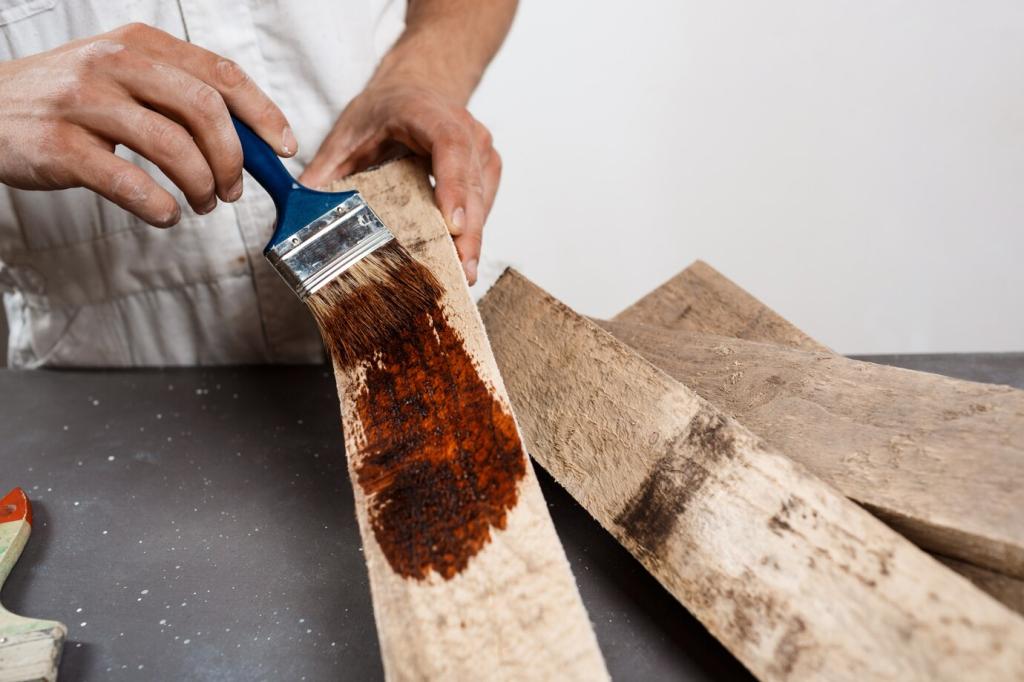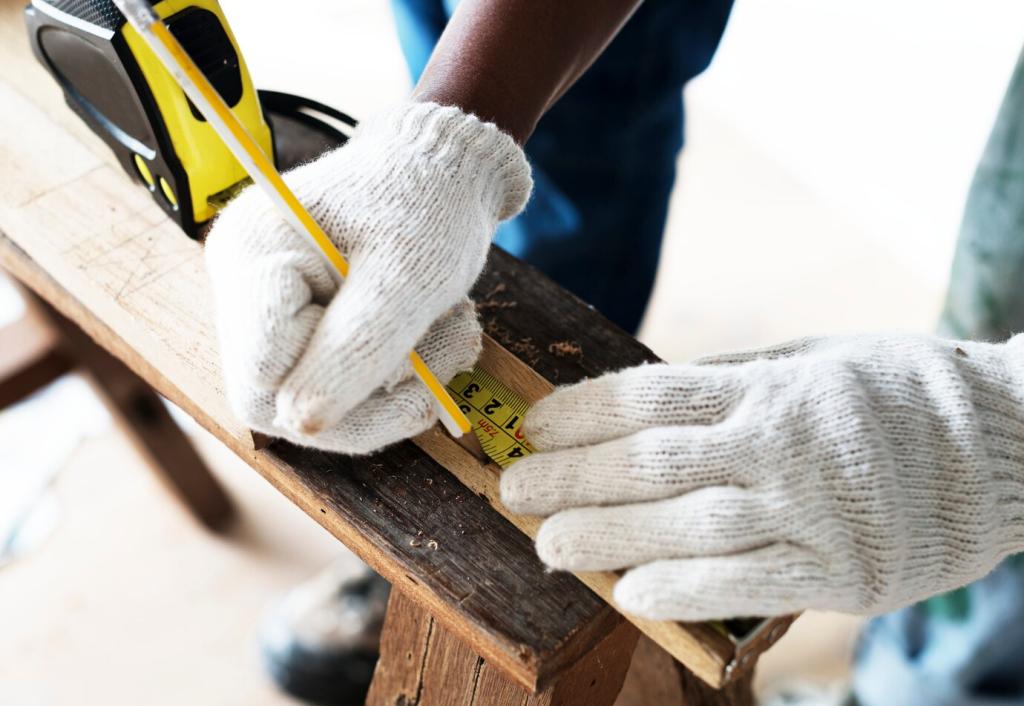Selected theme: Repairing and Reinforcing Furniture Structures. Welcome to a hands-on, confidence-boosting guide to diagnosing weakness, rebuilding joints, and discreetly adding strength so your favorite pieces feel solid, safe, and ready for decades of daily life.
Assess Before You Fix: Diagnose Structural Failures
Find the Real Failure Point
Rock the piece gently from corner to corner and watch where gaps open. Diagonal wobble often signals racking rather than a simple loose leg. Mark noisy joints with painter’s tape, chalk cracks, and photograph movement under load. Comment with your diagnostic checklist to help other readers troubleshoot faster.
Story: The Wobbly Oak Chair
An heirloom oak chair arrived squeaking and swaying after years on a damp porch. The culprit wasn’t the legs—it was a stretched apron joint. After cleaning old glue, tightening the mortise-and-tenon, and adding concealed corner blocks, the chair passed the lean test. Share your favorite rescue story and inspire someone today.
Document and Plan Your Repair
Before disassembly, label every joint and capture photos from multiple angles. Note fastener sizes, clamp locations, and grain directions so reassembly goes smoothly. Plan materials and dry-fit every part. Subscribe for our printable planning sheet and tell us which step saves you the most time during complex reinforcements.

This is the heading
Lorem ipsum dolor sit amet, consectetur adipiscing elit. Ut elit tellus, luctus nec ullamcorper mattis, pulvinar dapibus leo.

This is the heading
Lorem ipsum dolor sit amet, consectetur adipiscing elit. Ut elit tellus, luctus nec ullamcorper mattis, pulvinar dapibus leo.
PVA is easy, strong, and flexible but can creep under sustained load. Epoxy excels at gap filling and bonding mixed materials, though cleanup requires care. Traditional hide glue remains reversible, perfect for antiques. Share your go-to formulas, open-time tricks, and why you switch adhesives for certain reinforcements.
Adhesives and Clamping: Bonds That Don’t Creep
Use cauls to distribute pressure, soft pads to protect finish, and opposing clamps to balance force. Check diagonals and measure from fixed references during setup. Tighten gradually, watching squeeze-out along the entire joint. Comment with your favorite clamping jigs and any clever improvisations that saved a tricky structural repair.
Adhesives and Clamping: Bonds That Don’t Creep
Metal Reinforcement, Minimal Visual Impact
Choose low-profile brackets and countersink screws to keep surfaces flush. Match metal finish to hardware already present, and avoid placing fasteners across the grain without pilot holes. Add felt buffers to prevent finish burnishing. Post your before-and-after photos to demonstrate how invisible reinforcement can still transform stability.
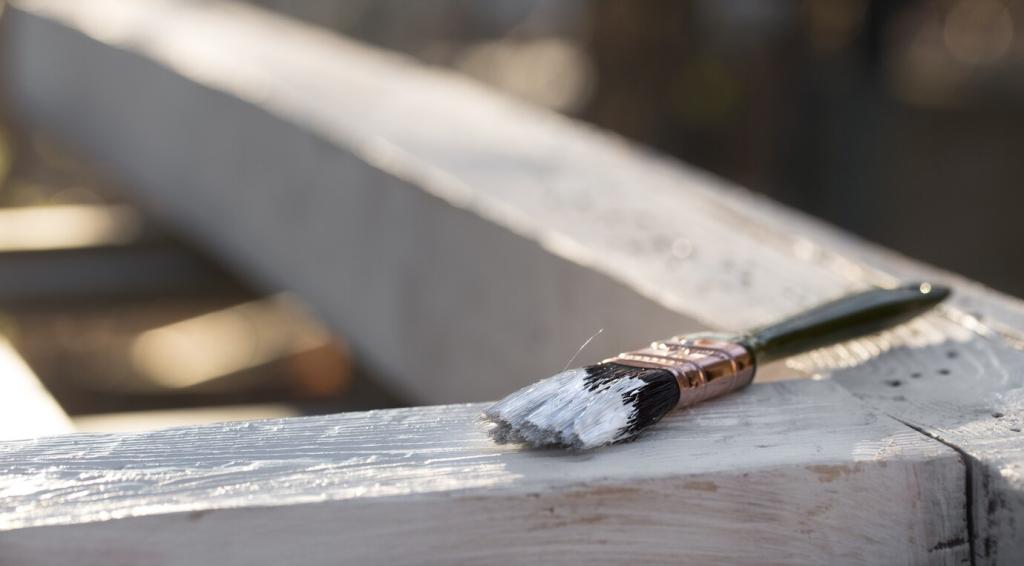
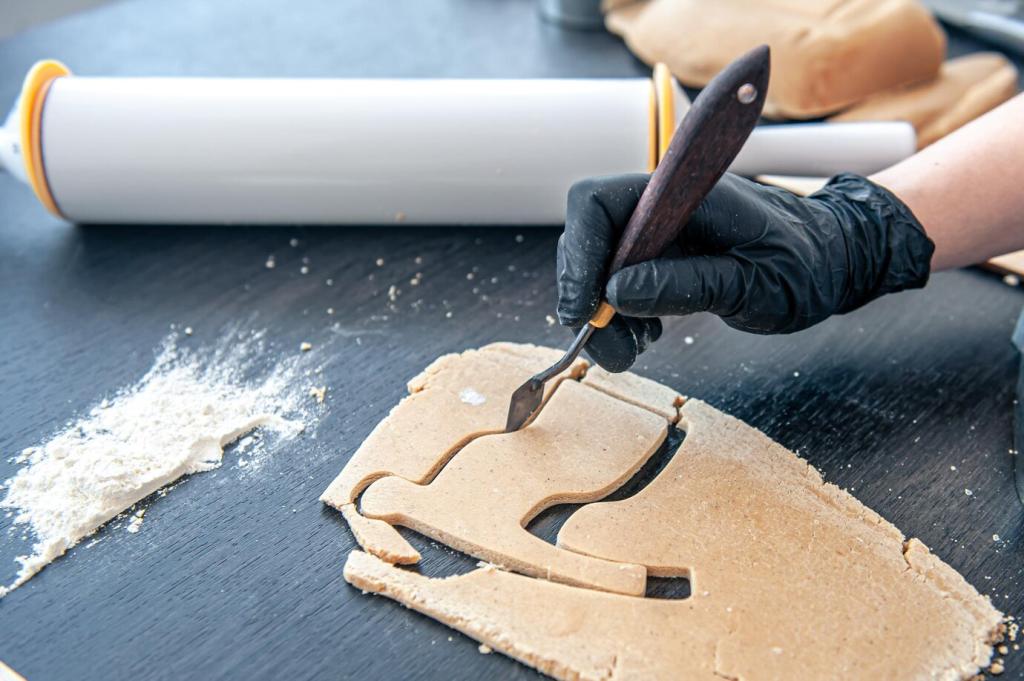
Metal Reinforcement, Minimal Visual Impact
For knock-down beds and tables, threaded inserts and cross dowels deliver repeatable, torqueable strength. Drill square, use depth stops, and wax threads for smooth assembly. Inserts excel where screws strip out in end grain. Share your alignment tips and whether you prefer brass or steel in heavy-use furniture.
Upholstered Frames: Hidden Strength Where It Matters
Replace tired webbing and reattach springs using proper clips and tack patterns. Reinforce seat rails with new hardwood cleats, glue blocks, and accurate fasteners. Keep fabric tension balanced to avoid twisting the frame. Comment with your preferred webbing types and how you test support before stapling fabric back on.
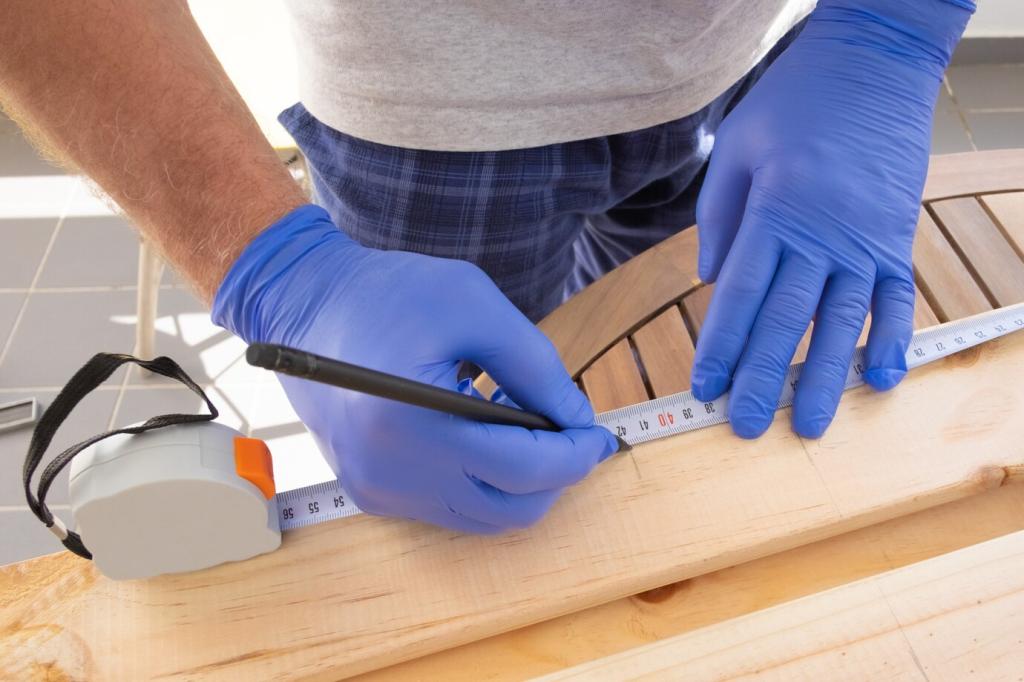
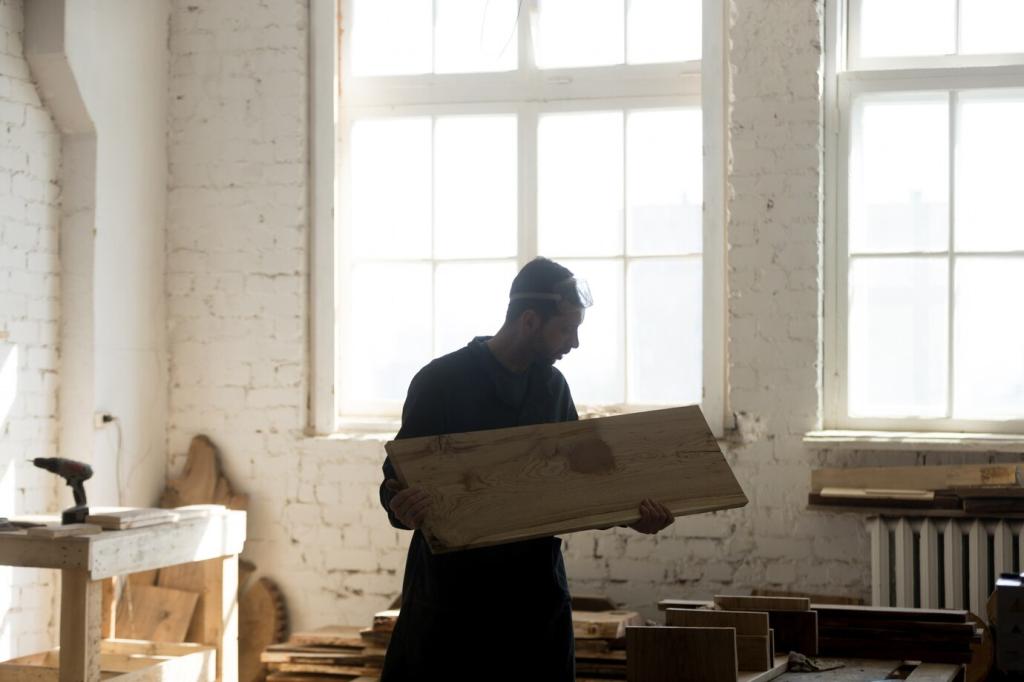
Feather sand edges, seal with shellac if needed, and build color with dyes or toners to match aged wood. Rub out sheen to match adjacent panels. Keep repairs subtle so strength doesn’t shout. Post your best tone-matching tip and help readers blend reinforcements seamlessly into old finishes.
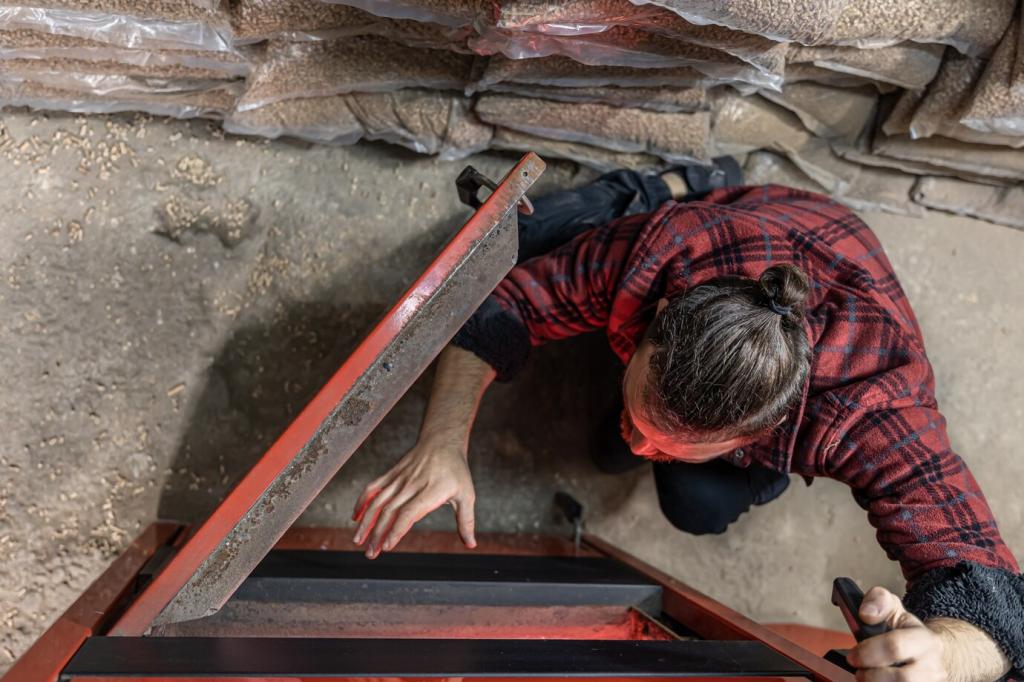
Allow for wood movement by slotting screw holes and avoiding rigid cross-grain fixes. Choose corrosion-resistant fasteners in kitchens and baths. Recheck torque seasonally. Comment with your region’s humidity swings and how you design reinforcements that survive both dry winters and humid summers without cracking.
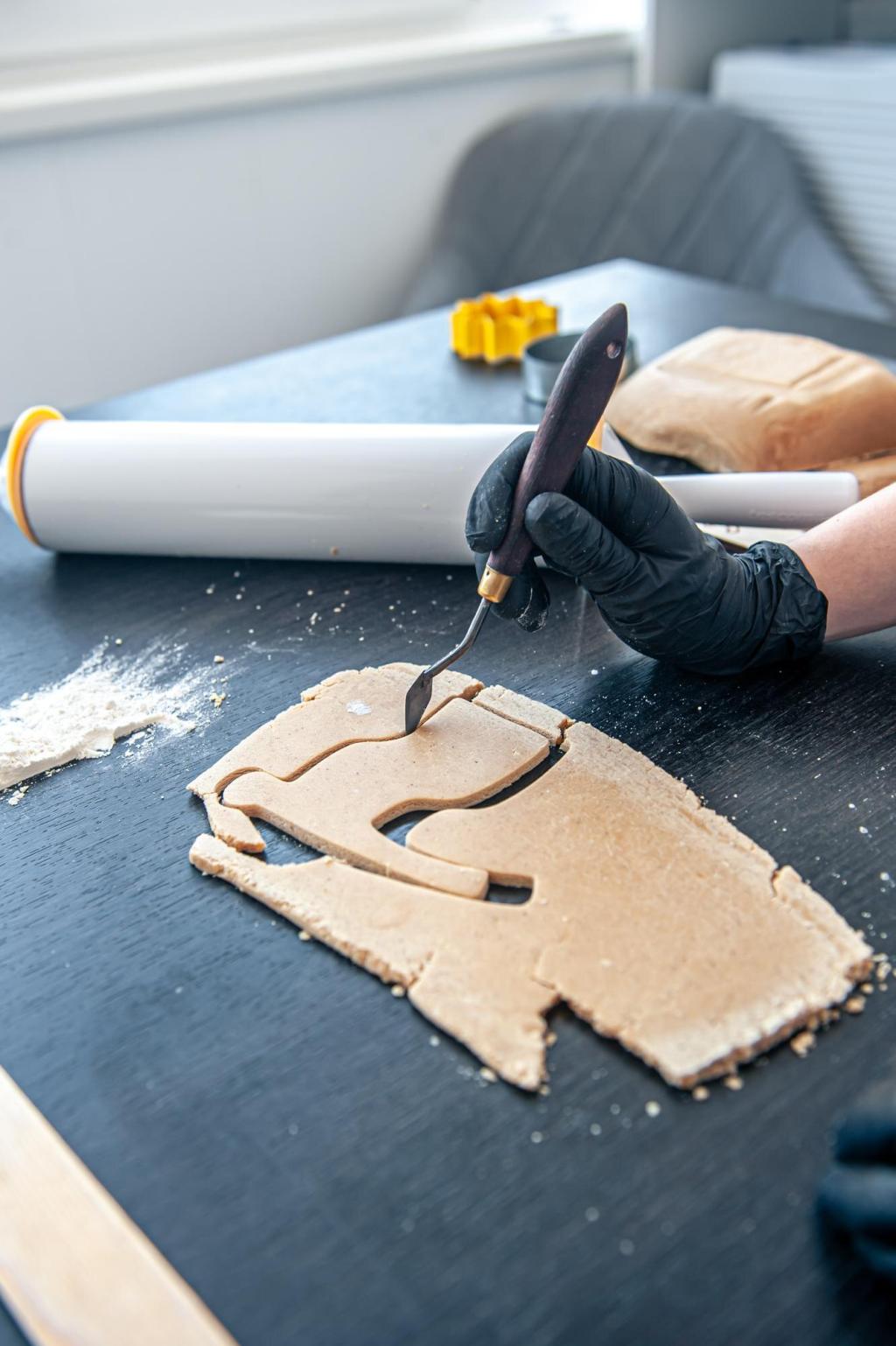
Tighten hardware annually, inspect glue lines, and address wobbles early. Add felt pads, level feet on uneven floors, and avoid dragging heavy pieces. Invite family to report squeaks before damage grows. Share your maintenance routine and encourage others to adopt preventative habits that preserve structural integrity.
Safety, Tools, and Smart Workflows
Wear eye and hearing protection, use a respirator with solvents or sanding dust, and support heavy pieces on sturdy stands. Lift with help to avoid twisting legs or rails. Share your must-have safety habits and any near-miss stories that changed how you approach structural repairs.
Safety, Tools, and Smart Workflows
A sharp chisel set, reliable square, dowel jig or domino, clamps of varied lengths, and a drill with depth stops cover most jobs. Add a moisture meter for wood health checks. Comment with your favorite specialty tool that dramatically improved your reinforcing accuracy and confidence.
